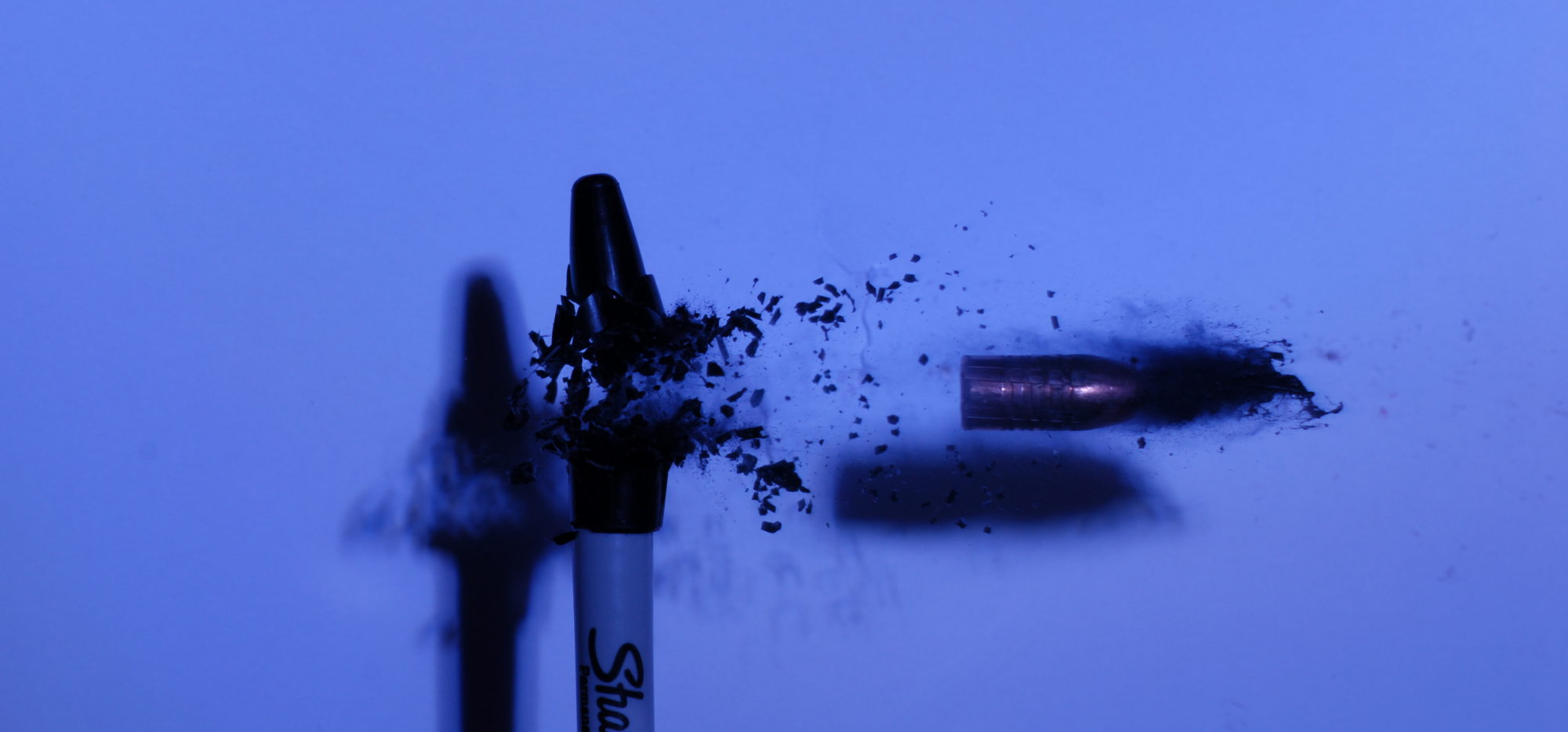Update 6/4/2022: Richard Corbin reached out to me to let me know that while he got out of the jacket making business he still makes presses, swaging dies, and other accessories and equipment for the serious bullet maker. It was a misunderstanding on my part and I corrected it in the article, if you have a moment please check out his website. www.rceco.com
In 2015 Richard Corbin, offered a close out sale on .408 caliber jackets designed for use in making .408 Caliber bullets. Specifically for the 408 Cheytac. I do not own a 408 Cheytac, but I do own a 338 Lapua and a 338 Spectre. Finding jackets to swage bullets for .338 Cal has been a pain.
I thought I was being clever in purchasing the 408 jackets as I could draw them down and make usable 338 Jackets. I have Dave Corbins Jacket tubing making kit for 338, which takes 375 tubing and draws it down to 338. Turns out, the 1,500 jackets I purchased were too large for the .375 tooling. Since then I have been dreaming of a solution.

A shortcoming of the existing Corbin tooling I had was that the draw began near the top of the stroke length, and there was often too little travel for the longer 338 jackets. I needed something that would allow me to adjust the position of the die relative to the punch so that I could have enough stroke length to draw the jacket down in a single press.
I also wanted something that I could use for drawing down different sources of jackets. For example if I want to use 40 S&W brass for jackets, I needed a draw die of the appropriate size to draw it down to 338. Some jackets may require one or more draws, and I wanted to make it easy for me to accomplish that. So I came up with a design that allows me all the adjustment I wanted, and has draw die “Rings” or “Buttons” that are free floating, and can be popped in and out of the holder.

I wanted to source 12L14 for this project as I have heard it’s really nice to machine but the local machine shop did not have any. They did have 1045, and were willing to give me a 5ft length for next to nothing. It is 1.75″ in diameter, so I’ll need to turn it down, but it will work just fine for my needs.


To be honest this is not the first time I have built this part. So I know the design works. The material I made the prototype out of was unknown. It was some scrap piece of steel, and I really wasn’t impressed by the finish or the way it machined. Some of this was due to my lack of experience, but I do think the unknown alloy may not have been a free machining material.

When it comes to experience with the lathe, I am mostly self taught. Youtube, the internet, and talking to people with experience. I have not had the fortune of having a formal education or instruction with the lathe so I do not claim to be an expert, so if you see things that are wrong let me know.

The 1045 cut much better then the unknown alloy of the first attempt. Most of the tooling I have access to is either tooling I have found in the shop, or tooling I purchase because I can’t find it in the shop. I use carbide insert tooling more because I don’t have a grinder or the experience in shaping my own cutters.

The holder has a large thru hole to provide plenty of clearance for the drawn jacket to pass through the top. On the print I specify a diameter of .625, in reality this can be smaller, it depends on what jackets you intend on drawing down. I have plenty of 1/2 drill bits and I haven’t decided whether or not I’ll purchase a 5/8 bit.

Breaking off the pilot drill was really the only hiccup I had during the afternoon. I didn’t want to scrap the whole piece just because of a broken drill bit. I didn’t have any carbide bits to drill it out with.

I ground out the piece of the pilot drill that was stuck in the work. The grinding bit I had for the dremel was suppose to be able to grind carbide, so I knew it would handle the HSS just fine. It was the only thing I could think of to salvage the piece. It seemed to work, when I chucked the workpiece back up on the lathe the drill bits did not hesitate to cut.

The hole thru hole doesn’t need to be perfectly straight, or smooth. It’s just a hole to allow the drawn jackets to slide through. I am considering reaming it, not because it needs it, but because I want to have some experience reaming.
This build will take a few days for me to do, as I typically work on stuff a little bit each afternoon. Each write up is about an afternoons work, I tend to take my time on projects like this. Those with more experience can certianately pull off this build in a few hours time.

